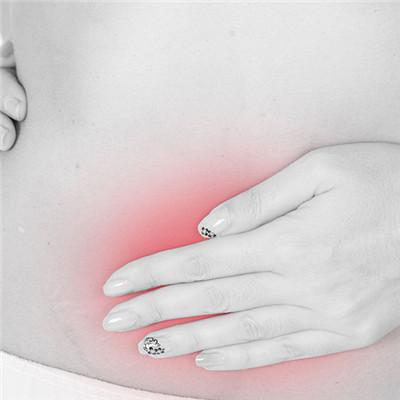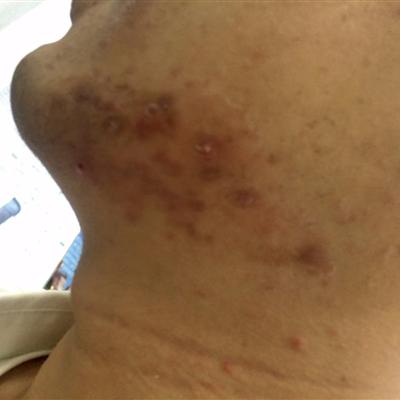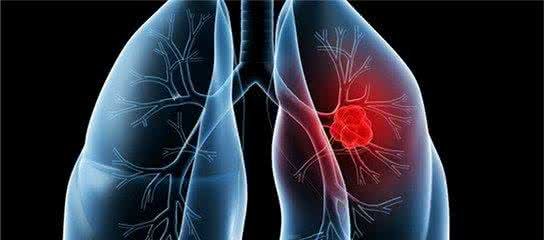Symptoms of atrophic gastritis
summary
Nowadays, white-collar workers are under great pressure at work, and their diet conditions are even worse. In order to sleep for a few more minutes, they often do not eat breakfast in the morning. In the long run, they may develop gastritis. So white collar workers should be alert to gastritis. How can they know if they have gastritis? Of course, it depends on whether you have symptoms of gastritis. If you have symptoms of gastritis, please pay more attention to your stomach! Here are the symptoms of atrophic gastritis.
Symptoms of atrophic gastritis
The clinical manifestation of chronic atrophic gastritis is not only lack of specificity, but also not completely consistent with the degree of lesion. Clinically, some patients with chronic atrophic gastritis may have no obvious symptoms. But most patients can have upper abdominal burning pain, distending pain, dull pain or fullness, fullness, especially after eating, loss of appetite, nausea, belching, constipation or diarrhea and other symptoms.

In atrophic gastritis, gastric mucosa atrophies and is replaced by intestinal epithelial cells, namely intestinal metaplasia; If the inflammation continues to evolve, the cell growth is atypical, that is, anaplastic; Even cell proliferation and carcinogenesis.

The clinical manifestations are only dyspepsia such as upper abdominal fullness, belching and hypogastric absorption. Sometimes the factors in the stomach are destroyed and the malabsorption of vitamin B12 can lead to anemia. Endoscopy and biopsy are the only means to diagnose the disease. Atrophic gastritis can be treated with drugs and should be checked regularly to prevent canceration

matters needing attention
Severe cases may have emaciation, anemia, brittle nail, glossitis or atrophy of tongue papilla, and a few cases of gastric mucosal erosion may be accompanied by upper gastrointestinal bleeding. Type a atrophic gastritis complicated with pernicious anemia is rare in China. There is no specific sign of the disease. There may be mild tenderness in the upper abdomen.

















